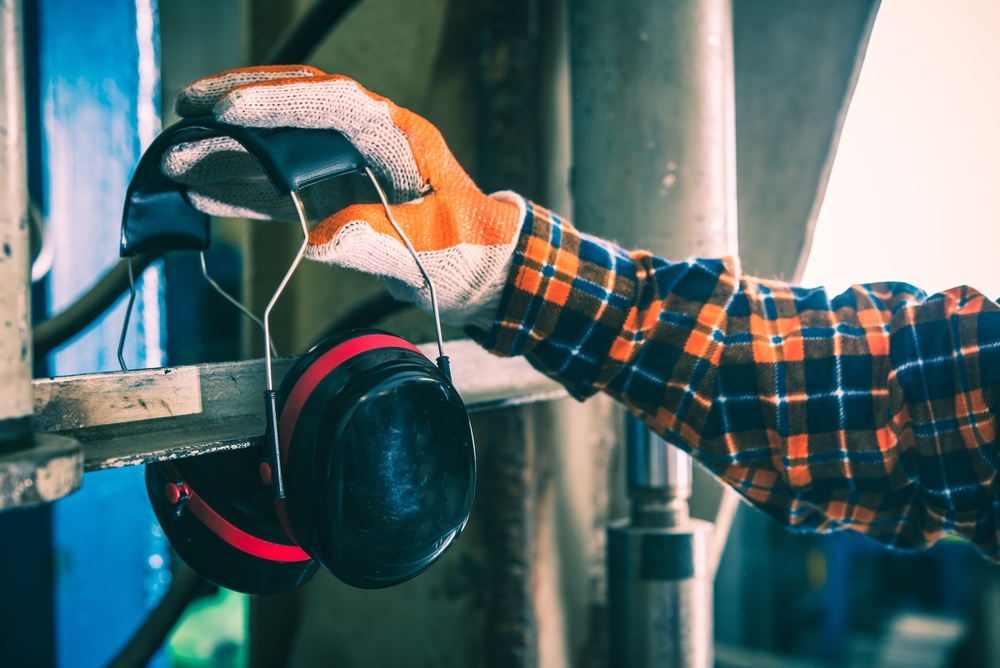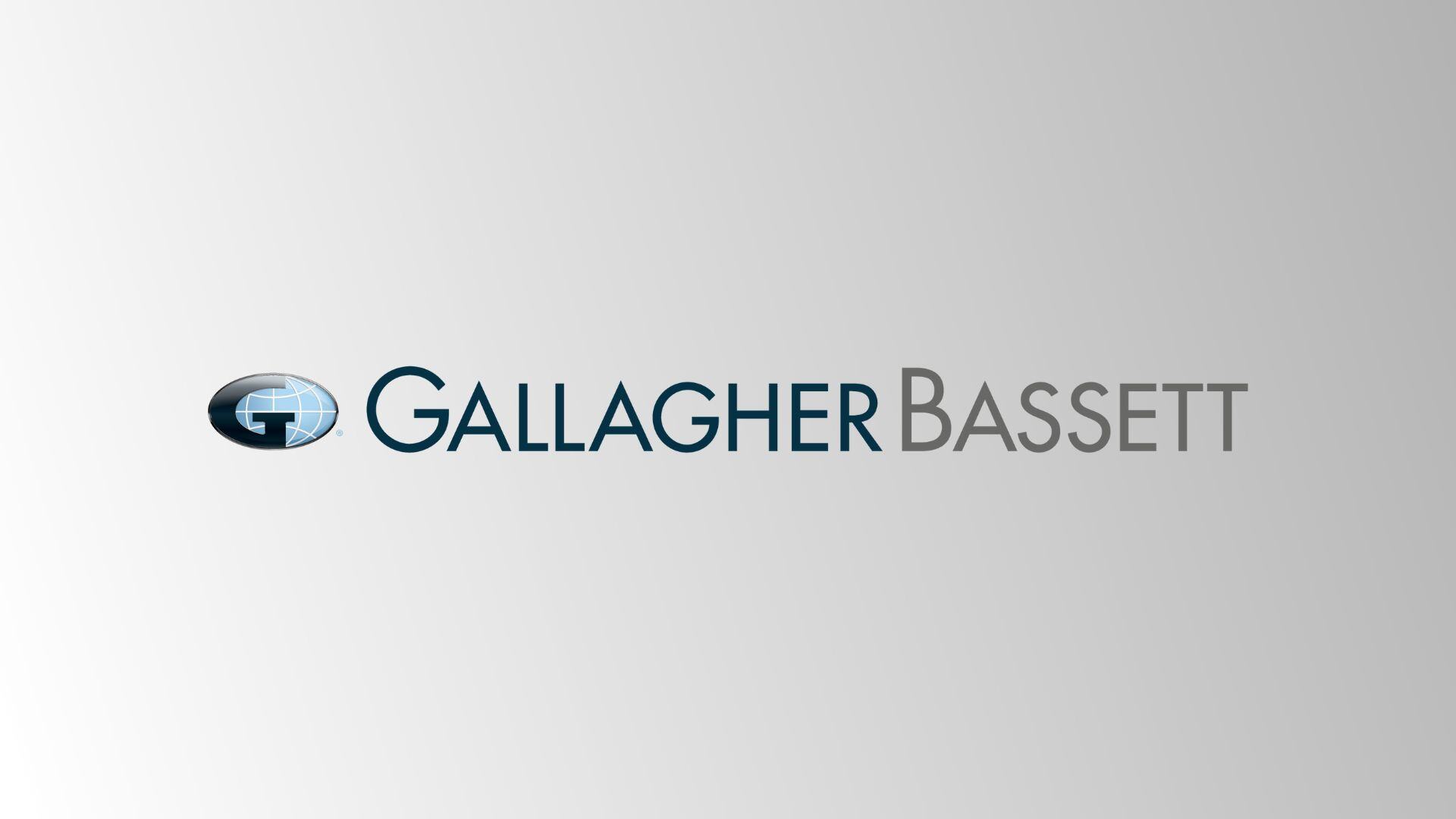Loud noise from 9-5? We talk hearing protection in noisy workplaces.

Too much noise at work can lead to temporary or permanent hearing loss, or tinnitus – ringing in the ears.
Hearing damage can occur from both extended exposure to noise, or from a sudden explosive sound.
According to SafeWork NSW, over the past four years more than 10,000 workers have been affected by noise-related injuries in NSW workplaces, with more than 90 per cent left permanently disabled.
Appropriate noise levels:
Make sure noise levels do not go above:
- an average exposure level of 85 decibels over an eight-hour period.
- peak noise levels no greater than 140 decibels at any time during the day.
Ideally, you should keep noise levels below:
- 50 decibels if your work requires high concentration or effortless conversation.
- 70 decibels if your work is routine, fast-paced and demands attentiveness, or if it is important to carry on conversations.
Industries and workers that are most commonly affected by noise- related injuries are:
- Electricity and Power Station Workers
- Gas and Water Services
- Waste services
- Construction Workers
- Steal and metal Industry
- Ship Building and Heavy Manufacturing
- Mining
- Engineering Industries
- Armed Forces
- Car Production Industry
- Music and sound engineering
Unfortunately in the above industries it is near impossible to avoid the noise levels however it is possible to manage the risks and ensure you are protected against hearing damage.
Here are seven easy ways to help you protect your employees against hearing damage:
- Ensure noise protection care is taken every day– Make sure staff wear high-quality industrial earplugs or ear muffs that helps protect their ears and hearing when working in noisy environments. As an employer, you are generally responsible for the provision of this equipment.
- Avoid loud environments – If your employees work in an industry that is typically noisy, it is best for them to try and avoid other loud environments where they can. If going to a concert in their spare time, it may pay to bring along ear plugs to minimise the exposure to the noise.
- Wear noise-cancelling headphones – Many workers put on iPods and other music devices to drown out the sound of background noise. Instead of cranking up their favourite tunes to dangerous levels, recommend they wear noise-cancelling earplugs. This reduces the overall noise pollution without exposing their ears to additional strain.
- Quit smoking and keep blood sugar in check – Smoking suffocates cells throughout the body, including those inside the ear canal. If any of your workers smoke, their blood sugar levels need to be checked regularly by their doctor to address any imbalances as it can be very damaging for their ears.
- Never stick anything inside the ear canal – Objects should not be stuck inside ears to remove earwax, such as cotton swabs and other stick-like devices. Not only can these sticks and other similar tools damage hearing by puncturing the ear drum, they can also inadvertently create an uncomfortable build-up by pushing wax and debris further inside the ear canal.
- Utilise low noise-tools and machinery- If it is possible, try and utlise any machinery and equipment that is safer on the ears. This may mean gluing instead of hammering however the impact on hearing is significantly less. Ensuring equipment is properly maintained and/or lubricated and enclosing the noise source or installing sound walls or curtains where you can also be beneficial
- Get a hearing test- Best practice recommends audiometric testing within three months of starting work – and at least every two years. Ensure your staff speak to a Medical Practitioner about the frequency that is appropriate based on the work they do.
Above all, make sure your staff are educated on all of the above and are aware of the importance of Occupational Health and Safety Practice in relation to hearing protection. To help in promoting these measures, we have designed a poster for your workplace below.
If you would like to have a discussion with GB about what action plans are available to improve the noise levels and hearing protection of your workplace, contact us today
Author

